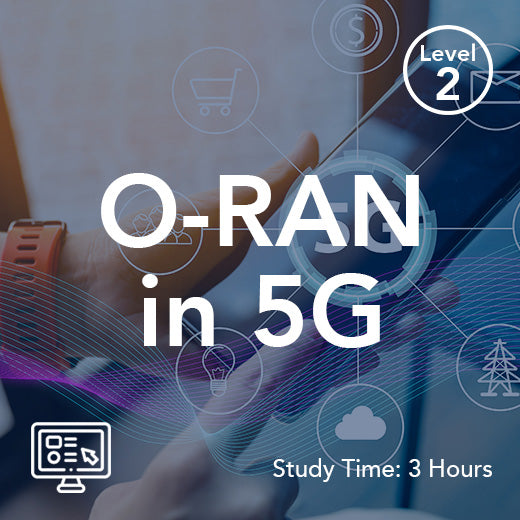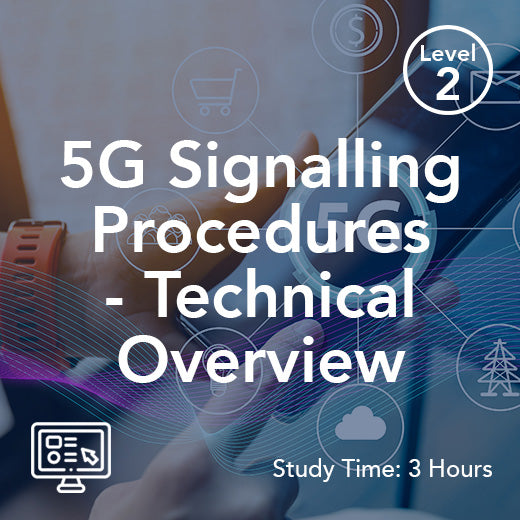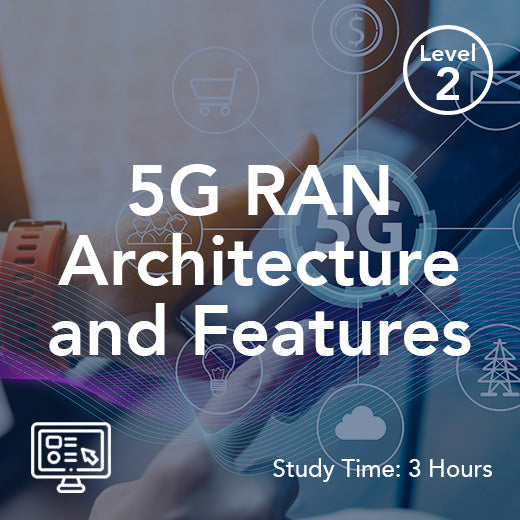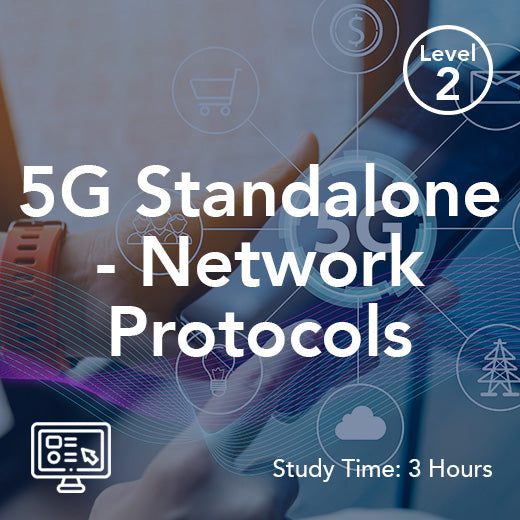Comprendre la PRS à -80 dBm : un guide pratique pour tous
- , par Stephanie Burrell
- 12 min temps de lecture
Dans le monde actuel, où notre vie dépend de plus en plus de la connectivité, il est essentiel pour chacun de comprendre des termes techniques comme le RSRP -80 dBm et la qualité du signal de référence reçu. Ce terme, bien que paraissant complexe, est un aspect fondamental des réseaux mobiles qui influence notre expérience de connexion sur nos appareils. Que vous regardiez votre série préférée en streaming ou passiez un appel vidéo important, la qualité de votre connexion repose souvent sur cette mesure clé. En maîtrisant les bases du RSRP -80 dBm, vous serez mieux armé pour résoudre les problèmes de réseau et optimiser votre expérience mobile. Rejoignez-nous pour découvrir ce que signifie le RSRP -80 dBm et pourquoi il est important au quotidien.
Principes de base du prix de vente conseillé
Comprendre les principes de base du RSRP, du rsrp et du rsrq est essentiel pour quiconque s'intéresse au fonctionnement des réseaux mobiles. Le RSRP (Reference Signal Received Power) est un indicateur clé permettant d'évaluer la qualité d'une connexion réseau cellulaire. Cette section détaille la définition du RSRP, son importance dans les réseaux et explique les valeurs de RSRP courantes.
Qu'est-ce que le prix de vente conseillé (RSRP) ?
La puissance du signal de référence reçu (RSRP) mesure le niveau de puissance des signaux reçus d'une antenne-relais de téléphonie mobile. C'est un indicateur essentiel car il renseigne sur la force du signal reçu par votre appareil. Les valeurs RSRP sont généralement exprimées en décibels milliwatts (dBm) et permettent de déterminer la qualité d'une connexion mobile.
En termes simples, le RSRP permet d'évaluer la qualité de la communication entre un appareil et une antenne-relais. Cette mesure est particulièrement importante sur les réseaux LTE où la qualité du signal reçu (rsrq) et le maintien d'un signal puissant sont essentiels pour la transmission de données à haut débit.
La valeur RSRP du signal de référence reçu est généralement négative ; plus elle est proche de zéro, meilleure est la puissance du signal. Par exemple, une valeur RSRP de -80 dBm est considérée comme un bon signal, garantissant une connectivité fiable. Comprendre ce concept permet aux utilisateurs de faire des choix éclairés concernant leurs connexions réseau.
Importance du RSRP dans la mise en réseau
Le RSRP est essentiel aux réseaux mobiles car il influe directement sur la qualité de service offerte aux utilisateurs. Un RSRP élevé et d'autres indicateurs clés se traduisent par une meilleure qualité d'appel, des débits de données plus rapides et une fiabilité globale du réseau accrue. Il s'agit donc d'un facteur crucial tant pour les opérateurs que pour les utilisateurs.
Dans le monde des communications mobiles, une connexion stable est essentielle pour une navigation, un streaming et des communications fluides. Le RSRP et les blocs de ressources constituent un indicateur clé pour les ingénieurs réseau afin d'optimiser l'emplacement des antennes-relais et garantir une couverture efficace.
Lorsque les opérateurs de réseau comprennent les valeurs RSRP dans différentes zones et sur la liaison radio, ils peuvent prendre des décisions stratégiques quant aux améliorations ou à l'extension de leur infrastructure. Cela contribue à garantir une qualité de service constante aux clients et à améliorer leur satisfaction.
Explication des prix de vente conseillés courants
Les valeurs RSRP et les éléments de ressources courants se situent généralement entre -40 dBm et -140 dBm. Ces mesures permettent d'évaluer la puissance et la qualité du signal auxquelles un utilisateur peut s'attendre. Voici un aperçu simplifié :
-40 dBm à -70 dBm : Excellente puissance du signal. Les utilisateurs bénéficient d’une vitesse de données et d’une qualité d’appel optimales.
-71 dBm à -90 dBm : Bonne puissance du signal. La plupart des applications fonctionnent correctement, avec des problèmes de connectivité minimes.
-91 dBm à -110 dBm : Puissance du signal acceptable. Les utilisateurs peuvent rencontrer des ralentissements du débit de données et des coupures d’appel occasionnelles.
-111 dBm à -140 dBm : Faible puissance du signal. La connexion est instable et les utilisateurs peuvent subir des interruptions fréquentes.
Comprendre ces valeurs peut aider les utilisateurs à identifier les problèmes potentiels et à rechercher des solutions pour améliorer leur connectivité.
Comprendre le RSRP -80 dBm
La valeur RSRP de -80 dBm est une valeur spécifique fréquemment rencontrée par les utilisateurs. Cette section explique la signification de RSRP -80 dBm et RSRP 80 dMB, ses implications concrètes et la compare à d'autres valeurs.
Que signifie RSRP -80dBm
Un RSRP de -80 dBm indique généralement une bonne puissance de signal pour les appareils mobiles. Cette valeur suggère que la connexion est suffisamment stable pour prendre en charge la plupart des activités quotidiennes telles que la navigation web, le streaming et les appels, avec peu ou pas d'interruptions.
Lorsqu'un appareil enregistre un RSRP de -80 dBm et se connecte à la cellule de service, cela signifie que le niveau de puissance du signal est suffisant pour un fonctionnement fiable. Ce niveau est généralement suffisant dans les zones urbaines à forte densité de couverture réseau, garantissant ainsi une expérience utilisateur optimale.
Pour les personnes vivant dans des zones plus isolées, un RSRP de -80 dBm peut être considéré comme élevé, offrant une connexion robuste et minimisant les interruptions de signal malgré les difficultés géographiques potentielles. Comprendre cette valeur permet aux utilisateurs d'avoir des attentes réalistes quant aux capacités de leur réseau.
Conséquences concrètes du RSRP -80 dBm
En pratique, un RSRP de -80 dBm se traduit par une connexion mobile fiable, prise en charge par les signaux de référence LTE. Cette puissance garantit aux utilisateurs un débit internet constant et une qualité d'appel optimale dans la plupart des environnements. Voici quelques implications :
Diffusion en continu : Les utilisateurs peuvent s’attendre à une diffusion vidéo et audio fluide, sans mise en mémoire tampon.
Navigation : Les pages Web se chargent rapidement, facilitant ainsi les activités en ligne.
Communication : Les appels vocaux et vidéo sont clairs, avec un risque minimal de coupure.
Une telle fiabilité est cruciale pour les professionnels qui dépendent d'une connectivité ininterrompue pour leur travail, ainsi que pour les particuliers qui utilisent des appareils mobiles à titre personnel.
Comparaison du RSRP -80dBm avec d'autres valeurs
La comparaison des valeurs RSRP permet d'évaluer les performances du réseau. Voici un aperçu rapide :
Valeur de vente conseillée | Qualité du signal | Expérience utilisateur |
|---|---|---|
-70 dBm | Excellent | Optimal |
-80 dBm | Bien | Fiable |
-90 dBm | Équitable | Variable |
-100 dBm | Pauvre | Instable |
Un RSRP de -80 dBm, bien que perfectible, garantit une expérience utilisateur satisfaisante. Comprendre ces différences permet aux utilisateurs d'identifier les points à améliorer dans leur connectivité et de déterminer si celle-ci répond à leurs besoins.
Mesure du RSRP à -80 dBm
La mesure du RSRP et de la bande passante de fréquence de mesure considérée est une étape cruciale tant pour les utilisateurs que pour les ingénieurs réseau. Cette section présente les outils de mesure du RSRP, explique comment interpréter ces mesures et propose des conseils pratiques pour une mesure précise.
Outils de mesure du prix de vente conseillé
Plusieurs outils et applications permettent de mesurer le RSRP. Ces outils aident les utilisateurs et les techniciens à évaluer la puissance du signal et à diagnostiquer les problèmes de connectivité. Voici quelques méthodes courantes :
Applications de diagnostic réseau : des applications mobiles comme OpenSignal et Network Cell Info Lite offrent des interfaces conviviales pour mesurer le RSRP sur smartphones.
Équipement professionnel : Les ingénieurs réseau utilisent souvent des équipements spécialisés tels que des analyseurs de spectre et des mesureurs de signaux pour des mesures précises.
Fonctionnalités intégrées de l'appareil : Certains smartphones possèdent des paramètres cachés qui permettent aux utilisateurs de consulter les valeurs RSRP, généralement accessibles via les options réseau ou développeur.
Chaque outil présente ses avantages, offrant une analyse des performances du réseau et aidant les utilisateurs à prendre des décisions éclairées concernant les améliorations de la connectivité.
Comment interpréter les mesures RSRP
L'interprétation des mesures RSRP est essentielle pour comprendre les performances du réseau. Voici comment procéder :
Comprendre l'échelle : les valeurs RSRP sont négatives, les nombres proches de zéro indiquant des signaux plus forts.
Évaluer l'environnement : Tenez compte de l'emplacement et des obstacles potentiels tels que les bâtiments ou les barrières naturelles qui pourraient affecter la force du signal.
Comparer aux normes : utilisez les plages RSRP courantes pour déterminer si votre connexion est forte, moyenne ou faible.
L'analyse de ces mesures permet aux utilisateurs d'identifier les problèmes potentiels et d'améliorer leur expérience réseau.
Conseils pratiques pour une mesure précise
Une mesure précise du RSRP est essentielle pour diagnostiquer les problèmes de connectivité. Voici quelques conseils pour garantir cette précision :
Effectuez plusieurs tests : mesurez le RSRP à différents moments et endroits pour obtenir une vue d’ensemble de la force du signal.
Utilisez des outils fiables : choisissez des applications ou des équipements de confiance qui fournissent des résultats constants.
Tenez compte des facteurs externes : soyez attentif aux conditions météorologiques, aux obstacles physiques et aux autres variables susceptibles d’avoir un impact sur les mesures.
En suivant ces conseils, les utilisateurs peuvent mieux comprendre les performances de leur réseau et effectuer des réglages éclairés.
Amélioration du RSRP -80 dBm
L'amélioration du RSRP et de la puissance moyenne est essentielle pour une connectivité optimale. Cette section explore les stratégies permettant d'augmenter le RSRP, les technologies qui l'améliorent et les méthodes de dépannage des problèmes de RSRP.
Stratégies pour booster le prix de vente conseillé
L'augmentation du RSRP peut améliorer considérablement les performances du réseau. Voici quelques stratégies efficaces :
Repositionnez votre appareil : vous rapprocher d’une fenêtre ou monter à un étage supérieur peut améliorer la réception du signal.
Utilisez des amplificateurs de signal : envisagez d’installer un amplificateur de signal pour amplifier les signaux faibles dans les zones difficiles d’accès.
Optimisation des paramètres réseau : Ajustez les préférences réseau de votre appareil pour privilégier les connexions plus stables.
Ces stratégies peuvent aider les utilisateurs à améliorer leur connectivité, ce qui se traduit par une meilleure expérience mobile.
Technologies qui améliorent le prix de détail suggéré par le fabricant
Plusieurs technologies sont conçues pour améliorer le RSRP, offrant aux utilisateurs une connectivité améliorée :
Réseaux 5G : Le déploiement de la technologie 5G fournit des signaux plus forts et plus fiables, améliorant ainsi le RSRP pour les utilisateurs.
Petites cellules : ces nœuds à faible consommation contribuent à combler les zones blanches, améliorant ainsi la puissance du signal dans les zones denses.
Antennes avancées : les antennes MIMO (Multiple Input Multiple Output) améliorent la réception et la distribution du signal, augmentant ainsi le RSRP.
L'exploitation de ces technologies peut permettre d'obtenir des connexions mobiles plus stables et plus robustes.
Résolution des problèmes liés au prix de vente conseillé
En cas de problème de prix public conseillé, un dépannage est essentiel. Voici quelques étapes à suivre :
Vérifiez la présence d'obstructions : identifiez toute barrière physique susceptible d'affecter la force du signal.
Redémarrez votre appareil : un simple redémarrage peut souvent résoudre les problèmes de connectivité temporaires.
Contactez votre fournisseur : si les problèmes persistent, contactez votre fournisseur de réseau pour obtenir de l’aide.
En suivant ces étapes, les utilisateurs peuvent résoudre les problèmes courants liés au RSRP et améliorer leur connectivité.
Applications pratiques du RSRP
Le RSRP joue un rôle essentiel dans les technologies du quotidien et les communications modernes. Dans cette section, nous aborderons ses applications pratiques et les tendances futures en matière d'analyse RSRP.
Prix de détail suggéré par le fabricant dans la technologie du quotidien
Le RSRP est essentiel au fonctionnement des technologies du quotidien. Il influe sur des appareils tels que les smartphones, les tablettes et les objets connectés, en leur garantissant une connexion stable. Voici quelques points à considérer :
Smartphones : le prix public conseillé détermine la qualité des appels et le débit des données, influençant ainsi la satisfaction des utilisateurs.
Réseaux domestiques : le RSRP peut affecter les performances des connexions Internet domestiques, notamment dans les zones qui dépendent du haut débit mobile.
Appareils connectés : les appareils IoT dépendent d’une alimentation RSRP stable pour un fonctionnement optimal, des thermostats intelligents aux caméras de sécurité.
Ces applications soulignent l'importance du RSRP dans notre vie quotidienne.
Le rôle de RSRP dans la communication moderne
Dans les communications modernes, le RSRP est essentiel au maintien de la qualité et de la fiabilité des réseaux mobiles. Son rôle comprend :
Assurer la connectivité : des valeurs RSRP fiables permettent des appels vocaux clairs et des flux de données stables.
Optimisation des réseaux : les fournisseurs utilisent les données RSRP pour améliorer la couverture et la capacité, améliorant ainsi le service global.
Faciliter l'innovation : Le programme RSRP soutient de manière cohérente le développement de nouvelles technologies de communication, telles que la réalité augmentée.
Comprendre ce rôle permet aux utilisateurs d'apprécier le fonctionnement en coulisses de leurs réseaux mobiles.
Tendances futures de l'analyse RSRP
L'analyse des valeurs RSRP évoluera au même rythme que la technologie. Parmi les tendances futures :
IA et apprentissage automatique : ces technologies pourraient prédire et résoudre les problèmes de connectivité en analysant les modèles RSRP.
Analyse de données améliorée : des outils avancés fourniront des informations plus approfondies sur les variations des prix de vente conseillés, permettant une optimisation plus efficace du réseau.
Intégration avec la 5G et au-delà : à mesure que les réseaux évoluent, l’analyse RSRP s’adaptera aux nouvelles normes, garantissant ainsi sa pertinence et sa précision continues.
L’adoption de ces tendances permettra d’offrir aux utilisateurs du monde entier des expériences réseau plus robustes et plus efficaces.
UN

































